Current events
Talk today at 11:00 by Mrityunjay Pandey!
News 06.06.2025
New publication:Anisotropic supercurrent suppression and revivals in a graphene-based Josephson junction under in-plane magnetic fields
Site Content:
29.05.2020
Radio contribution to LIEVITI - Episodio 4 - CORPO (in Italian)
The scientific voice comes from our institute: https://www.radiopapesse.org/it/archivio/sonora/lieviti-episodio-4-corpo.

15.05.2020
RWTH Start-Up Grant for Christian Volk
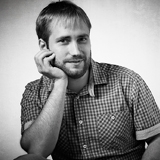
Christian Volk receives a RWTH Start-Up Grant for his proposal with the title: "Towards thermal conductance measurements as a probe for topological states in two-dimensional quantum systems". Congratulation!

29.04.2020
Smartphone Physics on the Rise
The free, online magazine “Physics” from the American Physical Society has published an article on “Smartphone Physics on the Rise” in their Arts & Culture section. It covers the possibilities and people involved in this field and includes a quote by Sebastian on the effects of the lock down on app downloads and feedback.
Here the link to the article: Smartphone Physics on the Rise.

01.04.2020
New publication: Unveiling Valley Lifetimes of Free Charge Carriers in Monolayer WSe2
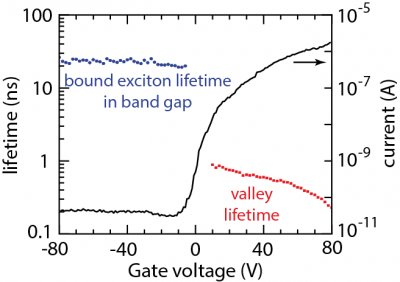
Nano Letters ASAP (2020) We report on nanosecond-long, gate-dependent valley lifetimes of free charge carriers in monolayer WSe2, unambiguously identified by the combination of time-resolved Kerr rotation and electrical transport measurements. While the valley polarization increases when tuning the Fermi level into the conduction or valence band, there is a strong decrease of the respective valley lifetime consistent with both electron-phonon and spin-orbit scattering. The longest lifetimes are seen for spin-polarized bound excitons in the band gap region. We explain our findings via two distinct, Fermi-level-dependent scattering channels of optically excited, valley-polarized bright trions either via dark or bound states. By electrostatic gating we demonstrate that the transition-metal dichalcogenide WSe2 can be tuned to be either an ideal host for long-lived localized spin states or allow for nanosecond valley lifetimes of free charge carriers (>10 ns).

24.03.2020
New publication: Reducing the Impact of Bulk Doping on Transport Properties of Bi‐Based 3D Topological Insulators
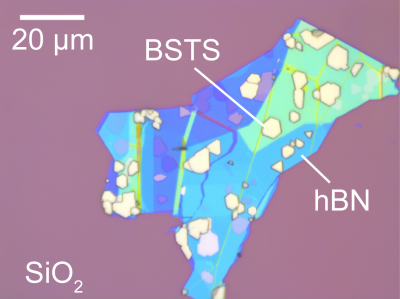
Phys. Status Solidi B 2000021 (2020) The observation of helical surface states in Bi‐based 3D topological insulators (TIs) has been a challenge since their theoretical prediction. The main issue arises when the Fermi level shifts deep into the bulk conduction band due to unintentional doping. This results in the metallic conduction of the bulk which dominates the transport measurements and hinders the probing of the surface states in these experiments. Here, various strategies are investigated to reduce the residual doping in Bi‐based TIs. Flakes of Bi2Se3 and Bi1.5Sb0.5Te1.7Se1.3 are grown by physical vapor deposition and their structural and electronic properties are compared with mechanically exfoliated flakes. Using Raman spectroscopy, the role of the substrate in this process is explored, and the optimal conditions for the fabrication of high‐quality crystals are presented. Despite this improvement, it is shown that the vapor phase‐deposited flakes still suffer from structural disorder which leads to the residual n‐type doping of the bulk. Using magneto‐transport measurements, we find that exfoliated flakes show better electrical properties and are thus more promising for the probing of surface states.

19.03.2020
Ars legendi faculty award for developers of "phyphox"
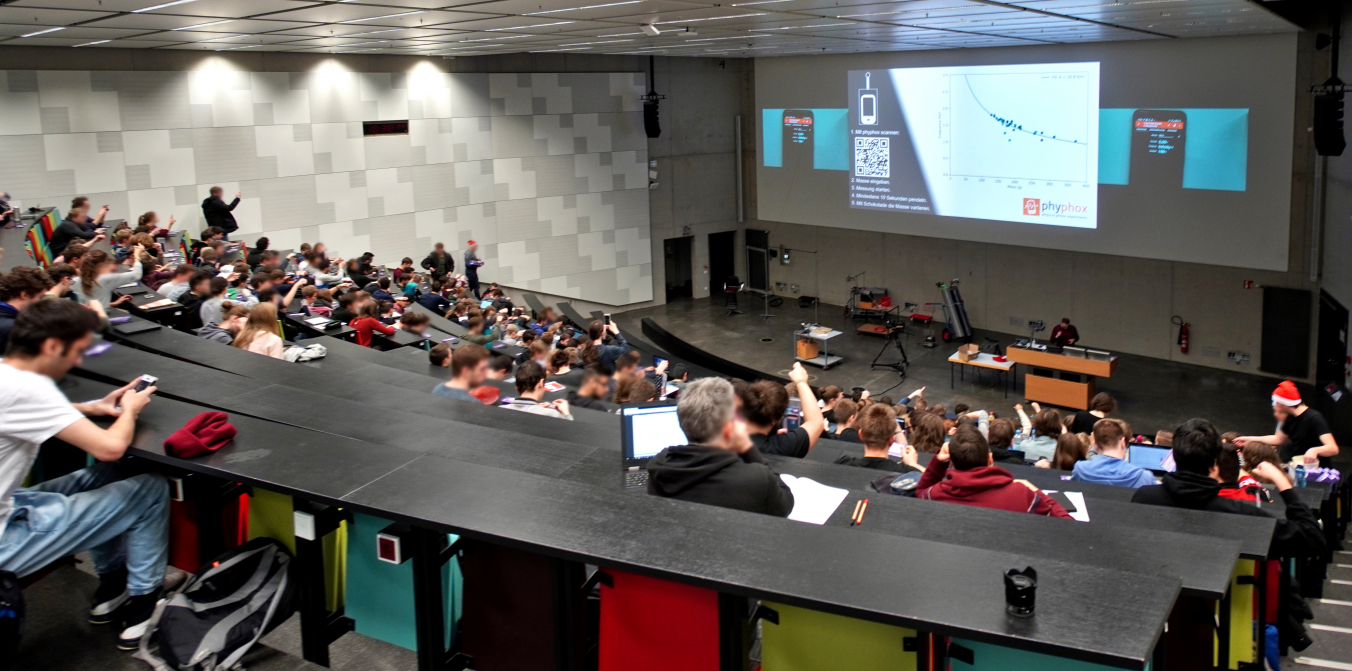
The ars legendi faculty award for excellent academic teaching in mathematics and science is being awarded for the seventh time by the Stifterverband, the German Mathematical Society (DMV), the German Physical Society (DPG), the German Chemical Society (GDCh) and the society biology, bio sciences and bio medicine in Germany (VBIO). This yearly award is selected in the categories bio science, chemistry, mathematics and physics. It is the latter one, in which Professor Christoph Stampfer and Dr. Sebastian Staacks from the 2nd Institute of Physics and Professor Heidrun Heinke from the 1st Institute of Physics of the RWTH Aachen University received this year's award for developing and disseminating the physics app "phyphox".
By developing and continuously improving this app, the team permanently improved physics education in schools and academic teaching worldwide. By transforming common smartphones with their extensive sensor capabilities into powerful miniature laboratories, phyphox creates entirely new possibilities for teaching physics. Students of classical lectures can be drawn into an active role by contributing to experimentation that originally was only done as a demonstration on stage.
Website of the ars legendy faculty award (Stifterverband)Press article of the RWTH Aachen University
Website of the phyphox project

21.02.2020
New Publication: Single-Electron Double Quantum Dots in Bilayer Graphene
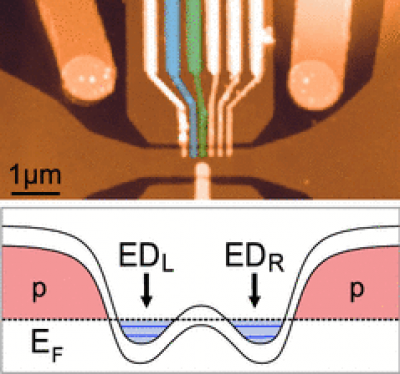
Nano Letters 20, 2005 (2020) We present transport measurements through an electrostatically defined bilayer graphene double quantum dot in the single-electron regime. With the help of a back gate, two split gates, and two finger gates, we are able to control the number of charge carriers on two gate-defined quantum dots independently between zero and five. The high tunability of the device meets requirements to make such a device a suitable building block for spin-qubits. In the single-electron regime, we determine interdot tunnel rates on the order of 2 GHz. Both, the interdot tunnel coupling as well as the capacitive interdot coupling increase with dot occupation, leading to the transition to a single quantum dot. Finite bias magneto-spectroscopy measurements allow to resolve the excited-state spectra of the first electrons in the double quantum dot and are in agreement with spin and valley conserving interdot tunneling processes.


